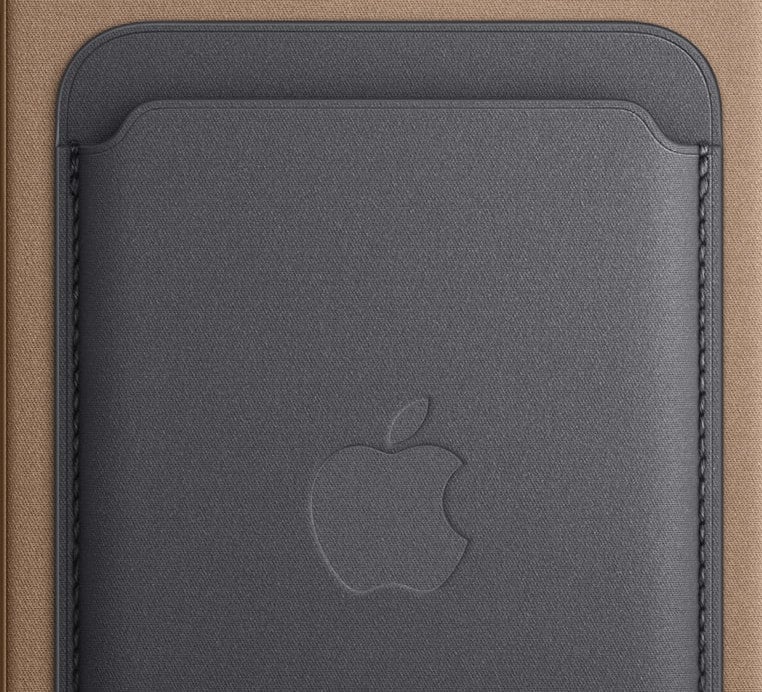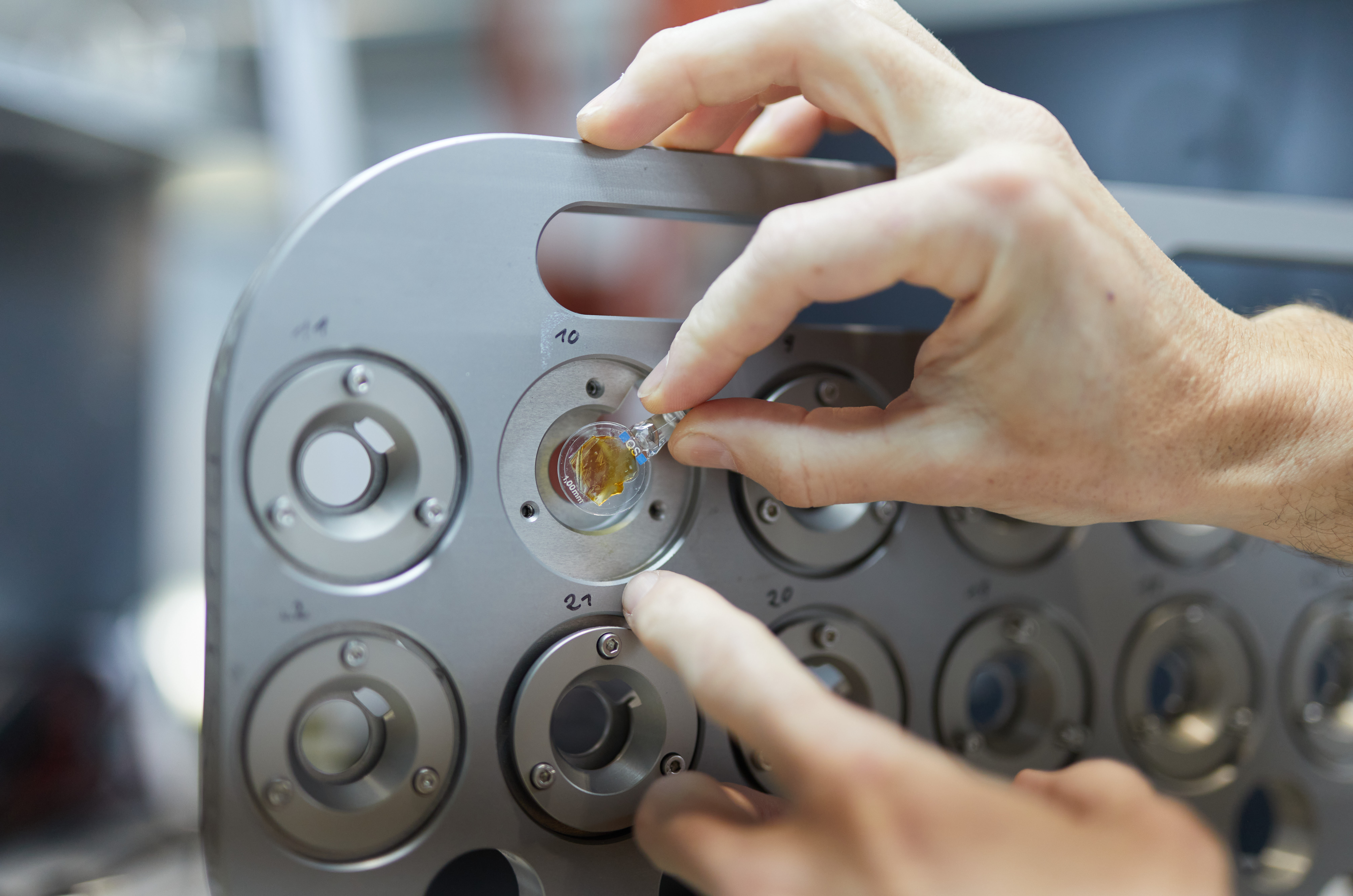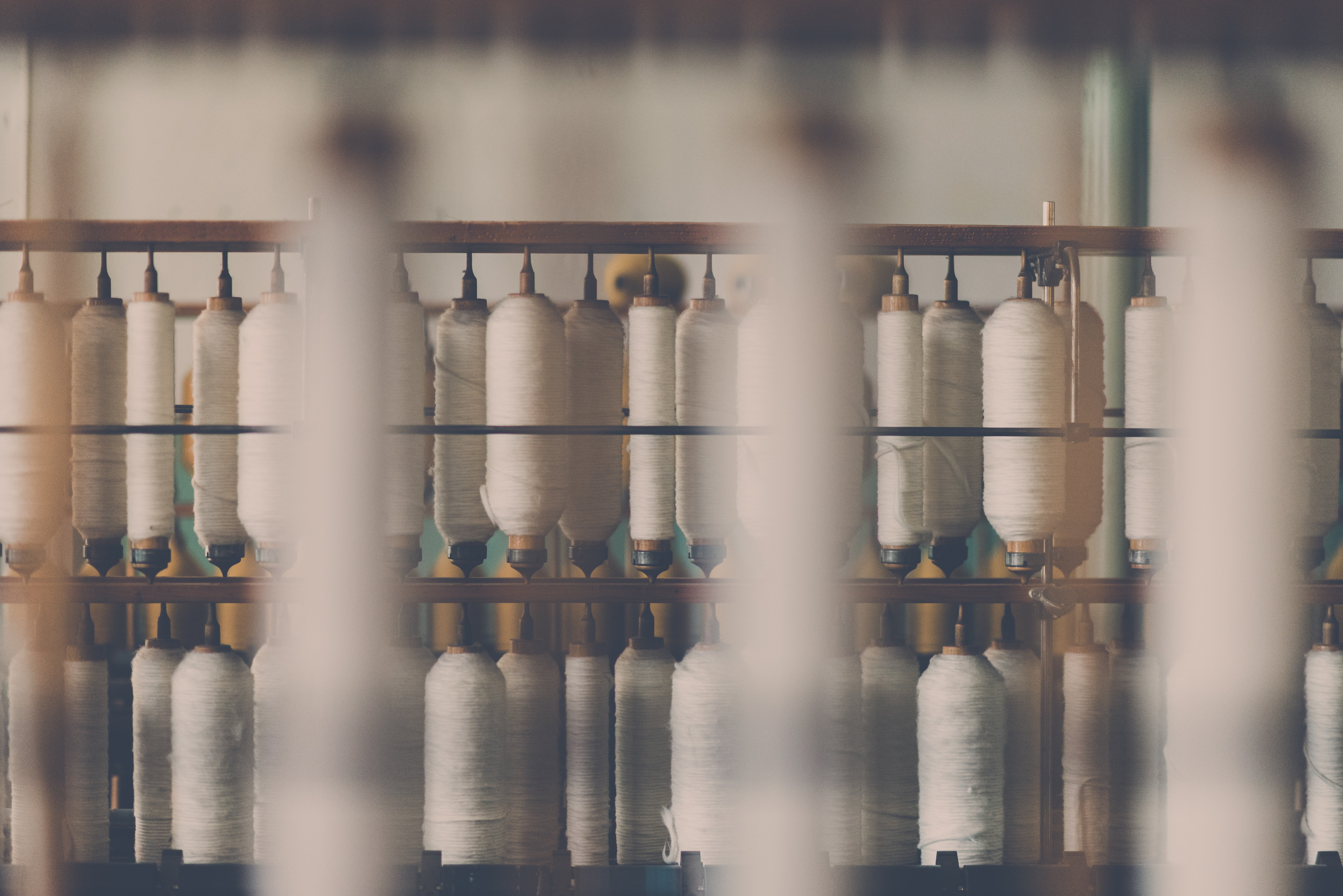![Fotografie door @[303580366505611:Maud Staassen Fotografie]](https://innovationorigins.com/app/uploads/2023/01/sterre.jpg)
Sterre Bakker, researcher at the Eindhoven University of Technology (TU/e), has developed a sustainable cardboard food packaging with a single coating which provides protection from moisture, bacteria and fungi while being recyclable. This can be an effective substitute for plastic airtight packaging that meets the same requirements as plastic.
Over the past few years, paper and cardboard have become more common packaging materials. The transition from plastic to paper is not as easy as it seems, as plastic has a number of highly practical characteristics. This is why Bakker has studied how cardboard can be used to make food packaging more sustainable. She collaborated with chemicals company BASF to bridge the gap between the laboratory and the packaging sector.
Water-resistant coating
For dry food items, such as rice and oatmeal, cardboard packaging works fine. But putting milk or a hamburger in a cardboard box is more complex. Bakker set out in search of a single coating impermeant to water, oxygen and grease. To this end, she studied an innovative, water-based coating, with the special addition of a water-soluble, synthetic resin to stabilize polymer particles.
This resin makes it possible to transform a water-soluble surface into a water-resistant one. Bakker used a scanning electron microscope and infrared spectroscopy to carry out in-depth research into the different barrier characteristics of the coating, as well as to optimize the production process. This is all very relevant to industry, she emphasizes, as synthesizing the coating is easy to scale and not overly complex.

Changing expiration date by changing color
What’s more, at a certain temperature the color of the coating can be changed by adding a specific molecule. This quasi-alternative expiration date makes the coating multifunctional. Bakker shows her final result: a shiny piece of thick carton that actually resists both water and grease.
“This coating already has a lot of advantages in comparison to current coatings. Although it does require raw fossil materials, the layer can be made much thinner now. We’ve also demonstrated through several experiments that the coating can be peeled off the cardboard more easily, which means it’s very suitable for recycling. We’ve taken the first steps, obviously in the hope of eventually creating a biobased coating that eliminates all plastic from food packaging.”
Achieving sustainability with cardboard
Her research has enabled her to make a contribution to society and make use of cardboard as an effective alternative for plastic packaging material. Cardboard is stronger than we give it credit for, and when paired with her new sustainable coating it is able to replace plastic while also being recyclable.








